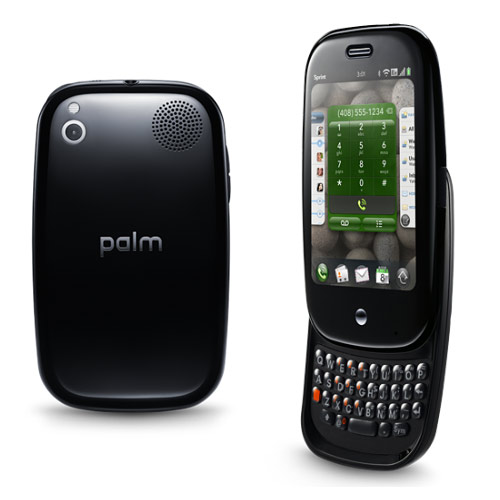In the film "Objectified" by Gary Hustwit, which I focused in my last post, I mentioned how Hustwit notes that modern technology has caused design to become less focused on the function of the object. Memory is expanding and, at the same time, shrinking (in physical size), and design has seemed to shift away from the purpose of the object.
However, I think that with cell phones, design has pretty much been consistent -- generally rectangular and small -- because that design fits in the palm of one's hand. Speaking of one's palm, the cell phone that I would like to focus on, specifically, is the Palm Pre.

Upon first glance, the most salient characteristics of the phone are the touch screen, the oval-shaped speaker, and round button "home" on the front, the slide-out keyboard, and the camera and speaker on the back. All of these details are quite clear as to what their function is. Also, there is unity and continuity in the general rounded shape of the Palm Pre. The overall shape is repeated within the finer points of the device, such as the rounded-edged keys on the keyboard, the "home" button, and the speakers. The simple, straight lines also give a sense of simplicity and balance. The focal point is, of course, the touch screen which calls our attention the most because of its bright colors as opposed to the color black, which makes up the rest of the phone. This emphasizes that this cell phone is mainly navigated by touching the display.
While many things today are designed without a thought for function, the Palm Pre is not one of them.
Photo Credit:
Liquid Matrix
No comments:
Post a Comment